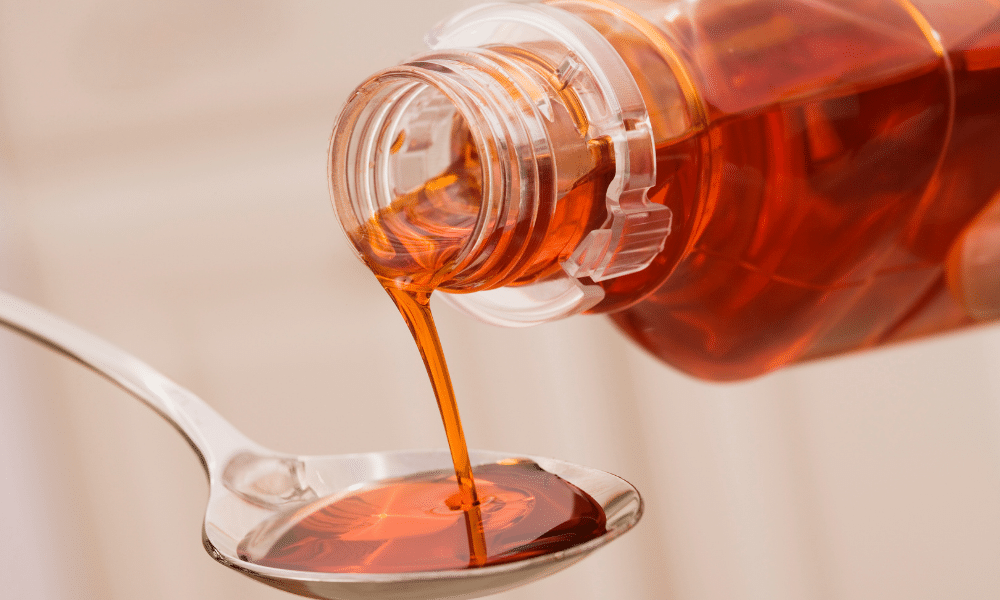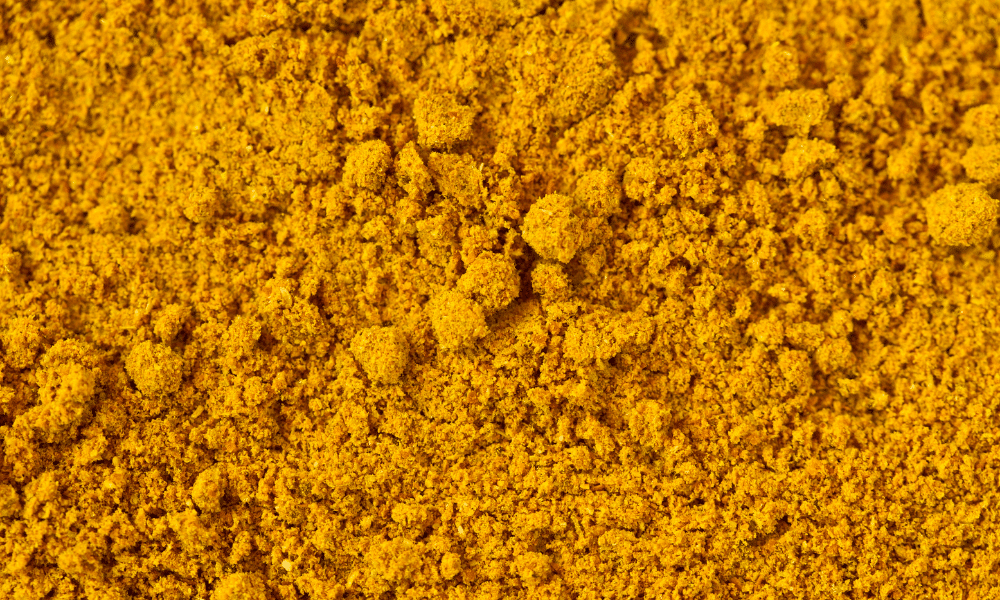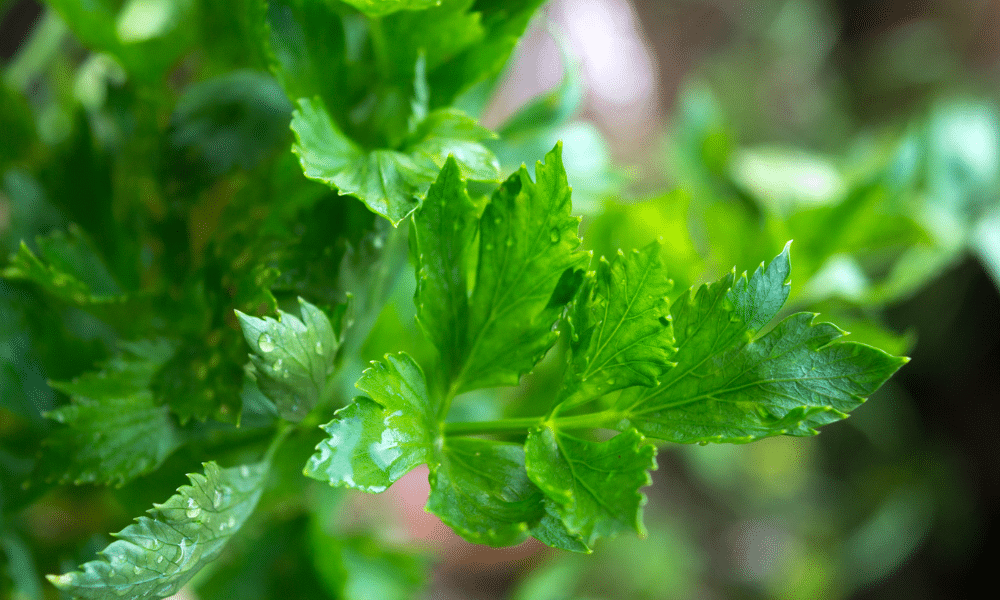Used most often in Indian dishes, fenugreek (aka Greek Hay) is made using the gum of fennel seed plants. It also has an array of medical uses that have been common practice in the eastern world for years.
Fenugreek is not as common as other herbs and spices in the west, so what can you use instead?
Our 5 Substitutes for Fenugreek
When used as a rub for meat or a thickening agent, fenugreek releases a delicious sweet, nutty flavour. Here are 5 substitutes that replicate that flavour:
1) Maple Syrup
Unbelievably, if you have ever looked at the ingredients in maple syrup imitations, you will find fenugreek. So, it makes sense that maple syrup is the perfect substitute for fenugreek seeds.
The sweetness of fenugreek is often compared to that of maple syrup. Both ingredients have the same predominantly sweet flavour with slightly bitter undertones.
Maple syrup even has the same consistency as fenugreek when used in recipes, as fenugreek will often thicken sauces, so you don’t have to worry about altering the texture of your dish.
Add Towards the End of Cooking
Much like fenugreek, the sweetness of maple syrup can be underwhelming if left to cook for too long.
To maintain the flavour of maple syrup, add ½ of what a recipe calls for within the last 5 minutes of cooking. If you need 2tsp of fenugreek then use 1tsp of syrup.

2) Mustard Seeds
It is best to replace fenugreek with the same form of mustard that a recipe uses.
So, if a recipe asks for fenugreek seeds, substitute them with yellow mustard seeds. The same can be said for fenugreek leaves and powder which should be replaced with green mustard leaves or mustard powder respectfully.
Do not worry if you are unable to find the right form of mustard, just use yellow mustard seeds as a backup.
They hold that bitter, mildly nutty flavour that fenugreek brings to a dish, making them the perfect replacement for fenugreek in savoury sauces or soups.
To prepare yellow mustard seeds, heat them at a low temperature then add them into your dish when you add the other spices.
Use Other Forms of Mustard
If you do not have yellow mustard seeds already in your cupboard, then any type of mustard you have will work on a 1:1 ratio instead of fenugreek. But if you use honey dijon mustard specifically, only use half the quantity otherwise your dish will be overly sweet.
3) Curry Powder
Most curry powders that are available in western supermarkets do already include fenugreek if you look through the ingredients list on the label.
However, if you want to be more authentic to Indian cuisine, use masala or garam masala spice mixes instead.
These do not always include fenugreek, but they do include cardamom, cinnamon and cloves which are not added to regular curry powder and still provide a fenugreek taste.
No matter if you use curry powder or a masala mix, they will provide you with a mix of spices that are commonly used alongside fenugreek.
You may not always be able to taste the fenugreek over the other spices, but you will have a delicious dish nonetheless.
Curry Powder Will Thicken Curries
Typically, you should add curry powder to the beginning of your dish to make the most of its flavours. But you can also add a little bit more towards the end if your sauce is too thin.
Curry powder has the same thickening qualities as fenugreek so can help to make your dish less watery.

4) Fennel Seeds
Fennel seeds are a common ingredient in many eastern dishes. They have a distinct licoricey smell, slightly stronger than maple syrup.
You can easily swap out fenugreek for fennel seeds – or fennel bulbs – and still get a flavour similar to fenugreek.
Despite the powerful nutty flavour, fennel seeds are also sweet when used in the right recipe.
Don’t Over Do It
Many people are wary of using fennel seeds as they are very easy to over-use. However, so long as you remember that a small amount will go a long way, your dish will turn out perfect.
5) Celery Leaves
This may seem like a bizarre choice considering that they are not a spice, but celery leaves can bring a lot of the same flavours to a dish as fenugreek can.
Celery leaves have a slightly more bitter taste and have that nutty distinctness to them. They are also a very common ingredient and can be brought for a good price in any supermarket – in fact, you’ll often get a handful of leaves on the end of celery you buy so don’t throw them out.
All you have to do to prepare celery leaves is rinse them and chop them up. You can serve them raw or cooked so long as you don’t cook them for too long.
Add Sweetness
Celery leaves serve as a healthy alternative to fenugreek as they lack any natural sweetness. This means that you can control how sweet you make your dish. Add small amounts of sugar into your dish until you get the flavour you want.

Other Substitutes for Fenugreek
Using newer spices like masala mixes or fennel seeds in your dishes can be a daunting experience. So, here are some substitutes that you have probably worked with before:
- Toasted Brown Sugar – You can replicate that deep maple syrup flavour by toasting either light or dark brown sugar for a few minutes.
- Kale – Best used when cooked in a casserole or curry, kale is very nutritious. Simply add some sugar to make sweeter. This is a great option if you’re swapping out fenugreek leaves.
- Spinach Leaves – They may change the flavour of your dish slightly, but spinach leaves provide the same texture and smell as fenugreek when using fenugreek leaves.
- Celery Seeds or Salt – This should be an absolute last resort! It will add some nuttiness to your dish but that’s about it.
Summary
To conclude, the best substitute that replicates fenugreek’s delicious sweetness is maple syrup.
But there are plenty of other spices out there that can achieve fenugreek’s flavour work just as well.
